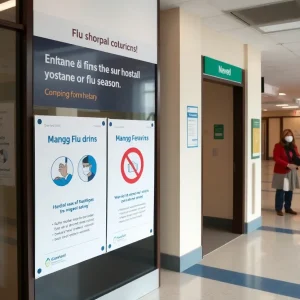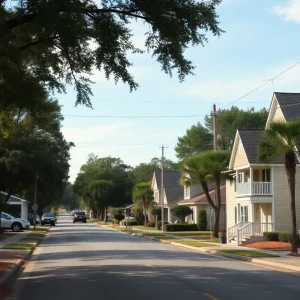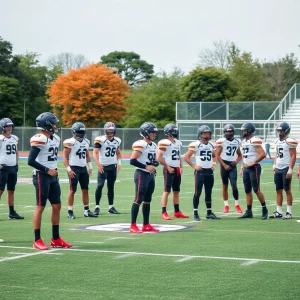Concerns Grow Over Racial Diversity in College Admissions
This year in Amherst, Massachusetts, there’s been a noticeable shift in the racial makeup of incoming college students. Both Amherst College and Tufts University reported a decline in the number of Black students enrolling this fall, raising alarms about potential long-term impacts on campus diversity. This unsettling trend follows the US Supreme Court’s recent decision to abolish affirmative action in college admissions, leaving many wondering about its broader implications.
A Breakdown of the Numbers
At Amherst College, the percentage of Black first-year students fell dramatically from 11% to 3% compared to last year. That’s an eight-point drop that speaks volumes about the current state of admissions. The college also reported a dip in Hispanic students from 12% to 8%. Meanwhile, the percentage of white students increased significantly, rising from 33% to 39%. On a slightly more positive note, Asian American student enrollment ticked up from 18% to 20%.
Things looked pretty similar at Tufts University, where the share of Black students in the incoming class of 2028 decreased from 7.3% to 4.7%. The white student demographic at Tufts saw a rise, moving up from 46.8% to 49.3%, while Asian American students saw a minor dip from 20.3% to 19.7%. This pattern isn’t just limited to these two colleges; even the Massachusetts Institute of Technology (MIT) reported steep declines in racial and ethnic diversity among its last class.
Why Does This Matter?
With the Supreme Court’s conservative majority putting an end to race-conscious admissions, many are skeptical about how this will affect the future of college diversity. The ruling is seen as a major setback for initiatives aimed at creating more inclusive environments on campuses across the nation. Critics are voicing concerns that this could have lasting effects not just in academic circles, but across society at large.
The dean of admissions at Amherst, Matthew L McGann, expressed openness about the situation, stating that “as a consequence of the Supreme Court’s decision, the incoming class is not as racially diverse as recent classes have been.” His acknowledgment reflects a sentiment felt by many in academia—that the elimination of affirmative action has real-world consequences.
What Happens Next?
With the statistics from both Amherst and Tufts rolling in, many eyes are now turned toward other leading institutions, including Harvard University and the University of North Carolina, which have yet to release their admissions data. These schools are crucial to understanding the full impact of the Supreme Court’s decision. As more data becomes available, it’ll be interesting to see if this trend continues or if colleges will find new ways to promote diversity without affirmative action.
In the Long Run
For students and families looking toward college, this change raises a lot of questions—questions about representation, fairness, and the future of education in the United States. With fewer Black students getting the opportunity to attend these elite schools, there’s a worry about whether these institutions can truly claim to be diverse and inclusive in their mission.
As we go further into the academic year, it’s clear that the conversation surrounding college admissions and diversity is far from over. Everyone’s waiting to see how this will play out, and what steps may be taken in response. The educational landscape is shifting, and the implications could ripple out into the community and society for many years to come.

























